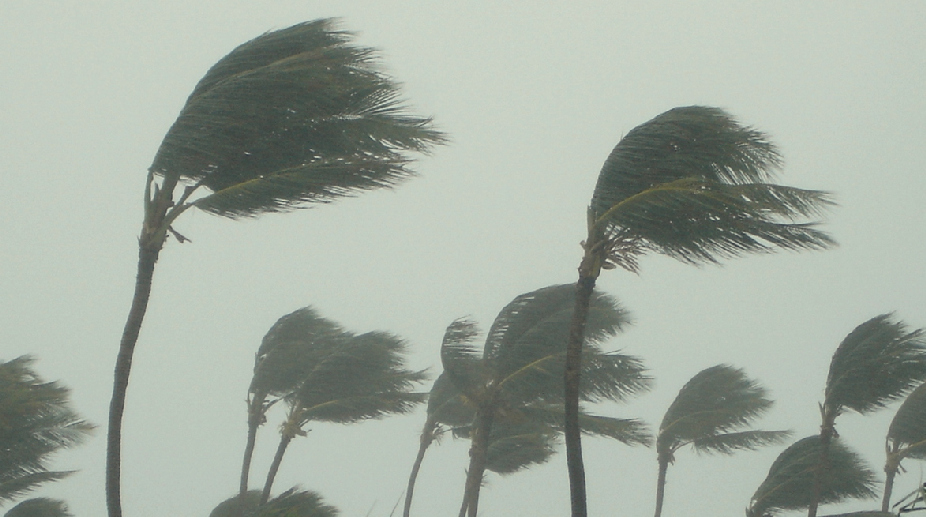Saving history through photographs
A photography exhibition, Bonedi Bari Photography Exhibition 2.0 started today at the Kolkata International Foundation in south Kolkata.

Representational Images (Photo: Getty Image)
There was no howling of the wind in Kolkata on Tuesday night ~ close to ten years after Cyclone Aila devastated West Bengal on 23 May 2009. The city hadn’t experienced a thundersquall of such velocity for a long time; the windspeed was an almost incredible 98 km an hour ~ marginally less than Aila’s 100 km/hour. But whereas the cyclone had then ravaged the Sundarbans and South 24-Parganas, the squall convulsed Kolkata in the main.
Like the tsunami (December 2004), a nor’wester of this scale tends to defy prediction; the forecast on Tuesday morning was of “a partly cloudy sky, rain or thundershower towards afternoon”.
Advertisement
Mercifully, the city and parts of the state limped back to normal the day after, and one must give it to the Kolkata Municipal Corporation and police for the coordination at the peak of the crisis.
Advertisement
Nonetheless, the need for a specialised plan of action in the long-term perspective can scarcely be discounted. More the reason why the expertise to countenance such phenomena needs urgently to be built up.
The dislocation was as overwhelming as it was mortal ~ as many as 18 deaths across the state, including eight in Kolkata. Roofs were blown off, hearth and home destroyed, electricity and transport, including the Metro, crumbled both on the surface and underground, rail and air services went haywire.
The deafening thunder, rain and lightning struck at approximately 8 p.m., and it would be no exaggeration to suggest that till an inhospitable hour the city was virtually turned upside down.
Last Tuesday threw up the larger issue of man and environment. There can be no two opinions on the necessity to expand greenery; but the departments of environment and forests need urgently to reflect on the thoroughly unplanned pattern of tree plantation.
Hence the heart-rending tragedy of a swinging tree crashing on an auto with commuters, resulting in the death of the driver and one passenger ~ Ambreen Jawed, an M. Phil student of English Literature at Calcutta University.
Destiny be damned; she was returning home after attending a candlelight rally in protest against the Kathua rape. The city was jolted to its roots and literally so. No fewer than 150 giant trees collapsed as they failed to withstand the velocity of the squall.
Experts have attributed such accidents to unscientific pruning and the concrete around what they call the “root system”. The concrete hinders the water from trickling down to the “sub-soil”.
In the net, the trees get weakened, still more so because of the tangled skein of electricity and telephone cables, and water lines beneath the surface.
The city’s greenery, couched in concrete, has taken its toll. The trees have grown on weak foundations. This is the distressing parable to be drawn from the natural calamity.
Advertisement